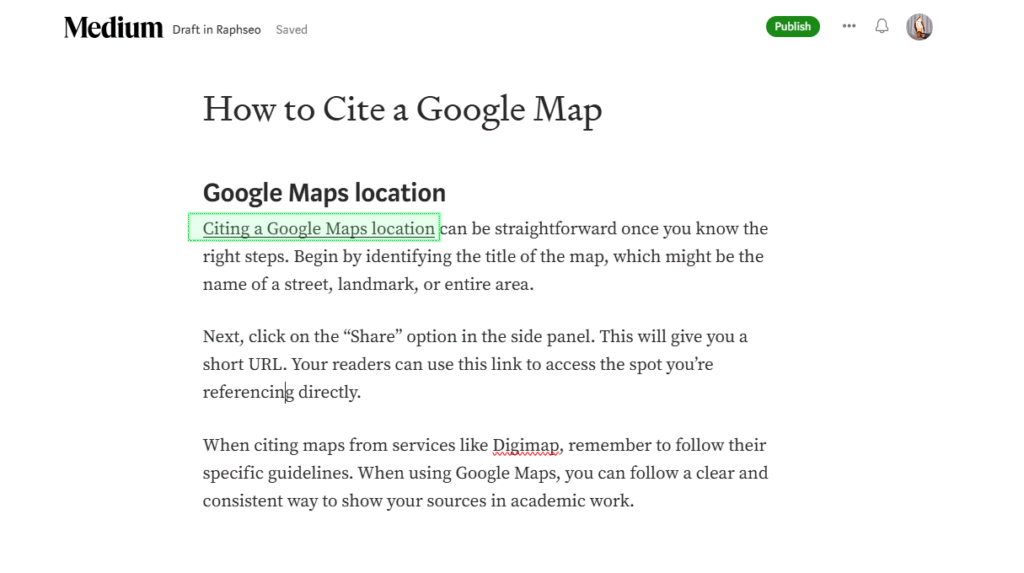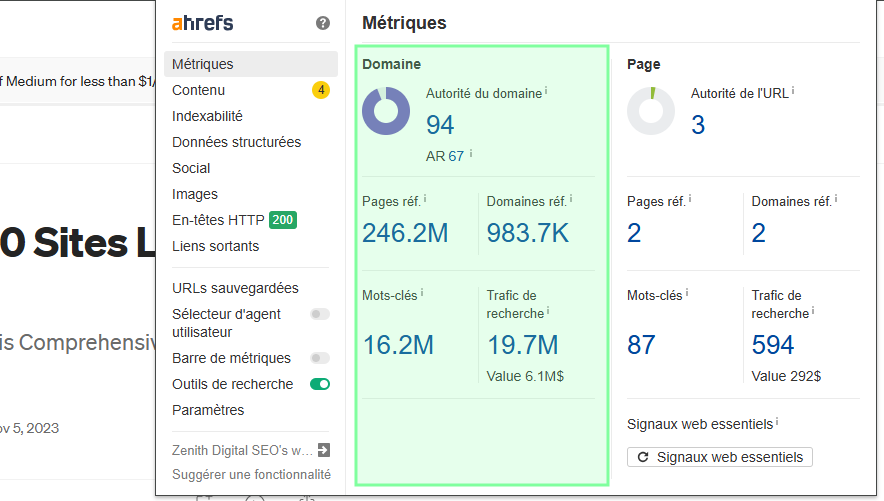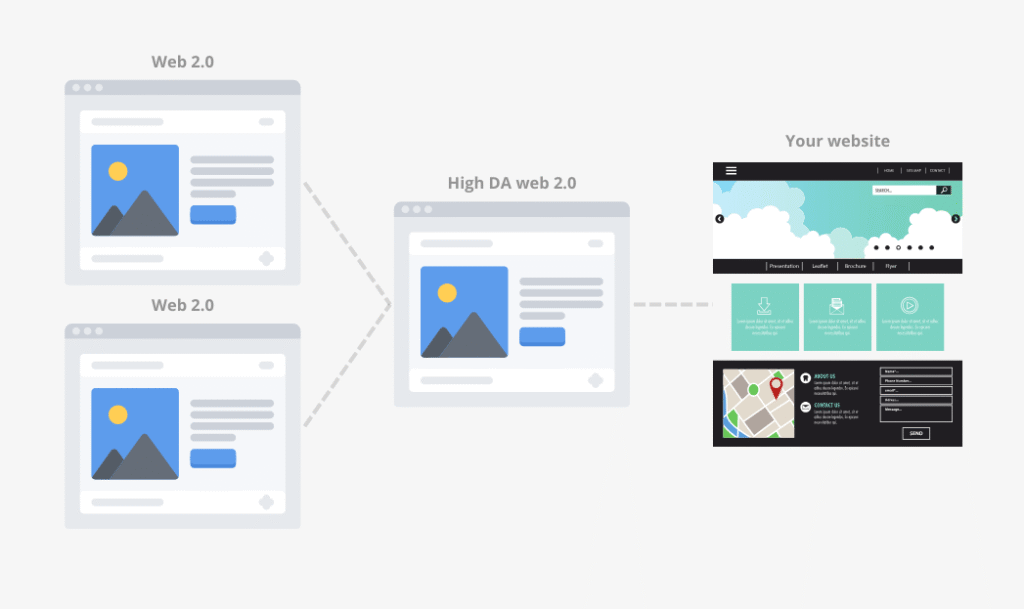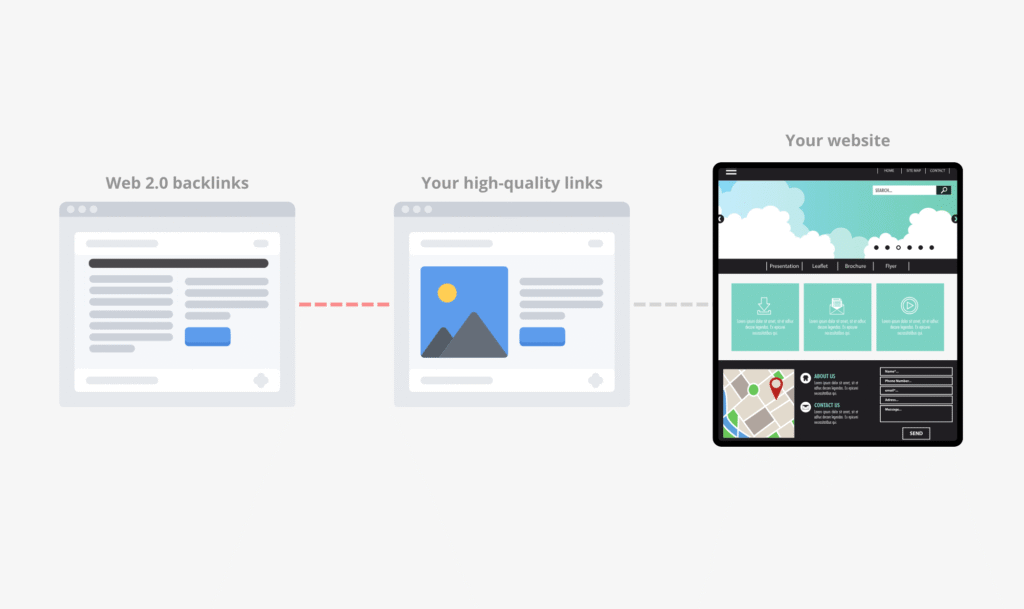Looking for free backlinks?
Web 2.0s still work in 2025… if you use them the right way.
The problem?
Most lists out there are outdated, spammy, or full of sites that don’t even work anymore.
That’s why I put together this fresh, updated list of high-DA, DoFollow Web 2.0 sites you can use right now to boost your SEO.
In this guide, you’ll learn:
- What Web 2.0 backlinks are (and why they still matter).
- The right way to build them (without leaving a footprint).
- Pro tips to get them indexed faster.
- And of course… a curated 2025 list of Web 2.0 sites with high authority.
Let’s dive in.
What Are Web 2.0 Sites?
Web 2.0 sites are free platforms where anyone can create and publish content, think WordPress.com, Blogger, or Medium.

The key difference from a “normal” website?
You don’t need to buy a domain or hosting. You just sign up, create a subdomain (like yourbrand.wordpress.com), and start publishing.
Here’s why SEOs care:
Every piece of content you publish on these platforms can include links back to your site. Since many Web 2.0s have high domain authority (DA 80+), these backlinks can help:
- Diversify your link profile.
- Pass authority (“link juice”) to your site.
- Rank supporting pages faster.
In other words: Web 2.0s = free, controllable, and still useful in 2025… if you don’t abuse them.
Do Web 2.0 Backlinks Still Work in 2025?
Short answer: yes.

But here’s the catch, Web 2.0 backlinks aren’t the SEO magic trick they were a decade ago. Back then, you could spin up dozens of free blogs, drop links, and rank overnight. Today, that same approach looks spammy and can hurt more than it helps.
So why do SEOs still use them in 2025? Because Web 2.0s bring something valuable to the table: they diversify your backlink profile, they’re hosted on domains with strong authority, and you stay in full control of the content and links you publish.
In other words, they still work, but only as part of a bigger picture. Think of them as supporting links that add trust and stability to your backlink profile, not the main ranking engine.
Benefits & Risks of Web 2.0 Links
Web 2.0s come with both upside and downside.
On the benefit side, they’re free, flexible, and hosted on domains that already have strong authority. That makes them an easy way to diversify your backlink profile and point a bit of extra link juice toward your site. You also stay in full control, you can update anchors, add new links, or expand content anytime.
But there are risks too. Abuse them with spun content or obvious link schemes, and Google will see them as spam. Overusing exact-match anchors or creating a “footprint” across multiple Web 2.0s is another easy way to trigger red flags.
Bottom line: use Web 2.0s as a supporting tactic, not your entire link-building strategy. Treated like seasoning, they can help. Treated like the main dish, they’ll hold you back.
How to Create Effective Web 2.0 Backlinks
Most people mess this up. They create a half-baked WordPress blog, paste a few lines of text, and drop three exact-match anchors. Google sees it, ignores it, and you wasted your time.
If you want Web 2.0 backlinks that actually move the needle, here’s what works in 2025:
1. Treat it like a mini-site.
Don’t publish a thin 200-word post. Aim for at least 500–1,000 words of unique content. Add images, headings, and even internal links. The more it looks like a real blog, the more trust it gets.
2. Keep your anchors natural.
Mix up your anchor text. Use branded terms, naked URLs, and long-tail variations. Save the exact-match anchor for the occasional, high-quality Web 2.0 that has real content depth.
3. Add authority links.
Link out to a couple of high-authority sources (think Wikipedia, HubSpot, or an industry site). It makes your page look way less like a “link dump.”
4. Interlink your Web 2.0s.
This is where most people miss out. Link one Web 2.0 to another, then to your money site. That creates a small tiered link network that gets crawled more often.
5. Stay consistent.
A single Web 2.0 isn’t going to change your rankings. But if you build a handful of quality Web 2.0s with real content, you’ll notice they help pages index faster and strengthen your backlink profile over time.
Bottom line: build Web 2.0 backlinks like you’re building a small portfolio of real websites. That’s the difference between a throwaway link and one that actually helps you rank.
Pro Tips to Avoid Spam & Footprints
Here’s the truth: Google’s spam team has seen every lazy Web 2.0 trick in the book. If you leave obvious footprints, your links won’t last.
Here’s how to keep things clean:
Don’t clone the same content.
Spinning one article across 10 Web 2.0s is the fastest way to get flagged. Write unique posts, or at least change structure, examples, and formatting so each looks original.
Vary everything.
Mix up usernames, site titles, themes, and even writing styles. If every Web 2.0 looks like it came from the same template, it’s a footprint.
Diversify anchors.
Too many exact-match anchors = 🚩. Use branded terms, naked URLs, and contextual phrases to keep it natural.
Add “filler” content.
Post more than just backlink articles. Drop in an about page, maybe a contact page, or even a random blog-style post with no links. It makes the site look alive.
Spread them out.
Don’t build 20 Web 2.0s in a day and link them all to the same page. Pace it out like a real person publishing over weeks or months.
Think of it this way: if your Web 2.0s look like real, messy blogs run by different people, they’ll survive. If they look like cookie-cutter link farms, they won’t.
How to Get Your Web 2.0 Backlinks Indexed Faster
Here’s the deal: if Google doesn’t index your Web 2.0s, your backlinks don’t exist.
And this is where most people fail. They build the site, drop a link, and wait. But without signals, Googlebot might not crawl it for weeks… if at all.
Here’s how to speed things up:
1. Link your Web 2.0s together.
Create a mini “ring” by connecting one Web 2.0 to another. Then link out to your main site and a few authority sites. That cross-linking pulls in crawlers.

2. Add social signals.
Tweet the link. Drop it on Reddit. Share it in a Facebook group. Google crawls social platforms constantly so this gets your page discovered faster.
3. Use embeds.
Add a YouTube video, a Google Map, or even a Tweet embed. These elements force Google to crawl the page more often.
4. Give it fresh content.
Don’t stop at one post. Add another short update or two. Active blogs = more crawls. Dead sites = ignored.
5. Push with indexing tools (optional).
Services like linksindexing.com or Omega Indexer can help if you’re impatient. Use them in moderation, don’t blast hundreds of URLs at once.
Bottom line: if you want Web 2.0 backlinks to count, you need to treat them like real websites. Feed them links, content, and signals, and they’ll get indexed way faster.
Strategy: Where Web 2.0 Fits in SEO
Here’s the mistake most beginners make: they treat Web 2.0s like the foundation of their backlink strategy.
Big mistake.
Web 2.0s should never be your main source of links. Instead, they work best as supporting players.

Here’s how to think about it:
- Tier 1: Your high-quality links → guest posts, niche edits, HARO, citations.
- Tier 2: Web 2.0 backlinks pointing to those Tier 1 links (to give them extra authority).
- Tier 3: Social shares and signals to keep the whole structure indexed.
That’s the real power of Web 2.0s: they make your stronger links even stronger.
Can you point them directly at your money pages? Sure. But they’ll have way more impact when used to support the links that actually move rankings. Think of Web 2.0s as link boosters, not the main engine.
Free High-DA DoFollow Web 2.0 Sites List (2025 Updated)
Okay, time for the part you came here for.
Most “Web 2.0 lists” floating around are outdated. Half the sites are dead, and the rest don’t even allow DoFollow links anymore.
That’s why I put together this fresh 2025 list of free, high-DA Web 2.0 sites that actually still work.
Here it is:
| Web 2.0 Site | Domain Authority (DA) | DoFollow Links | Notes |
| WordPress.com | 92 | ✅ | Classic, flexible platform |
| Blogger.com | 93 | ✅ | Google-owned = fast index |
| Medium.com | 95 | ✅ | My favorite |
| Tumblr.com | 88 | ✅ | Mix of text + visuals |
| Weebly.com | 90 | ✅ | User-friendly builder |
| Wix.com | 91 | ✅ | Free subdomain option |
| Jimdo.com | 87 | ✅ | Simple, quick setup |
| LiveJournal.com | 82 | ✅ | Old-school but still alive |
| Strikingly.com | 80 | ✅ | Perfect for one-pagers |
| HubPages.com | 77 | ✅ | Community-driven platform |
| Site123.com | 85 | ✅ | Easy to launch |
| Webnode.com | 82 | ✅ | SEO-friendly setup |
| Yola.com | 76 | ✅ | Beginner-friendly |
| Over-Blog.com | 73 | ✅ | Popular in French markets |
| Zohosites.com | 84 | ✅ | Part of Zoho ecosystem |
Final Thoughts on Using Web 2.0s for SEO
Web 2.0 backlinks aren’t the secret weapon they used to be. You can’t throw up a few free blogs and expect page-one rankings.
But here’s the thing: when you build them right: unique content, natural anchors, proper indexing, they still have a place in your SEO toolkit.
Think of Web 2.0s as supporting links. They’re not going to outrank competitors on their own, but they’ll diversify your profile, power up your tier-1 links, and make your backlink strategy look more natural.
Bottom line: use them as a supplement, not the foundation. And if you follow the steps in this guide, your Web 2.0 backlinks will actually move the needle in 2025.




